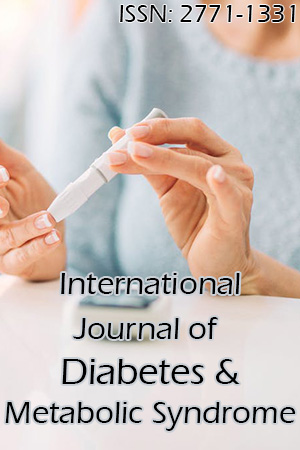Diabetes Mellitus: Once More About Diagnostics
Mirzazada V.A., Sultanova S.S., Ismayilova S.M., Huseynova A.R., Aliyeva A.Z., Imamaliyeva U.K., Huseynzade N.H., Azadova A.F.
Background: Early identification and precise diagnosis of diabetes is crucial. However, determination of diabetes cases leads to psychological, social and economic consequences. Due to this fact, diagnosis of diabetes mellitus should be validated. However, there are some discrepancies in diabetes diagnostics and defining criteria. Objective: The purpose of this study was to investigate whether the criteria random plasma glucose ≥200 mg/dL (≥11.1 mmol/L) in the presence of the classic hyperglycemic symptoms “ is reliable and is there need to change this criterion for diagnosis of diabetes mellitus. Material and Methods: Specificity of diabetes classic symptoms were investigated by literature analysis for identification of these symptoms’ frequency in other diseases and conditions. The data of 134 people were analyzed in this study. Venous plasma glucose researched at fasting and 30, 60, 90, and 120 minutes after a 75.0-g glucose load (Precision PCx Medi Sense, Abbot, USA), as well as A1c levels (SDA1c Care, SD Biosensor, Korea). Statistical analysis was performed by using Fischer exact. Results: Diabetes classic symptoms analysis demonstrated their non specificity. Specificity of random plasma glucose ≥ 250 mg/dl was statistically highly significant (p < 0.00001) than random plasma glucose ≥ 200 mg/dl: 100% vs 69%. Conclusion: In the presence of classic hyperglycemia symptoms it is recommended to diagnose diabetes by using random plasma glucose ≥ 250 mg/dl.
View pdf
